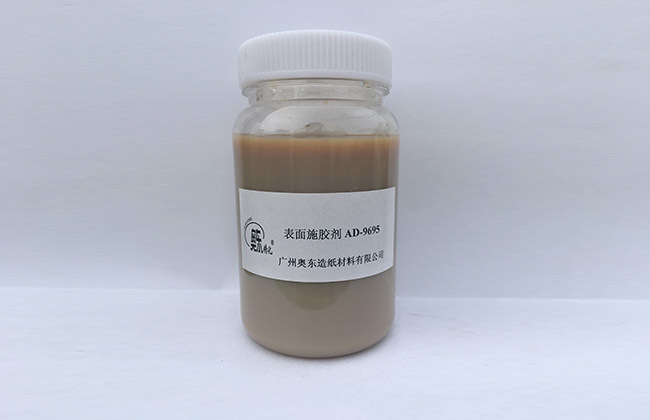30
2020
-
06
Modification methods for surface-coated starch adhesive solution
Author:
In the current papermaking process, in order to give the paper better physical properties, such as strength properties (surface strength, burst strength, ring crush strength, etc.) and water resistance, it is often necessary to apply surface sizing to the paper sheets through a surface sizing device during the paper making process, thus meeting the relevant performance requirements. A large amount of a raw material, starch, is used in the surface sizing process, which includes oxidized starch and native starch. The starch used for sizing board paper (boxboard, whiteboard, and corrugated paper) is mainly native starch, which needs to be modified on-site to meet the requirements of the sizing process. The following are two commonly used modification methods for native starch and a comparison of their advantages and disadvantages.
1. Ammonium Persulfate Modified Starch Add a certain amount of water to the gelatinization tank, and add the starch that needs to be modified into the tank, then add a certain proportion (generally 0.1~0.5% for starch) of ammonium persulfate (APS) modifier and dilute with water to the required concentration (generally the concentration of starch is 8-12%). Heat to about 95°C and maintain this temperature while stirring for 30-60 minutes (set according to the type of starch and the viscosity required for gelatinization. During the heating process, the viscosity increases rapidly at around 80°C, so a certain stirring speed must be maintained to prevent the starch from clumping on the walls and bottom of the gelatinization tank). After confirming that the starch is fully gelatinized, the starch glue is transported to the storage tank for standby and kept at a certain temperature (generally 70-80°C is better).
2. Enzyme Modified Starch Add a certain amount of water to the gelatinization tank, and add the starch that needs to be modified into the tank, then add a certain proportion of enzyme modifier (the amount of enzyme added depends on the enzyme activity; the higher the activity, the less the amount added, specific dosage refers to the recommended dosage from the enzyme supplier) and dilute with water to the required concentration (generally the concentration of starch is 8-12%). Heat to the temperature required for enzyme modification and maintain this temperature for 10-30 minutes (set according to the type of starch and the viscosity required for gelatinization. During the heating process, there will be an increase in viscosity, so a certain stirring speed must be maintained to prevent the starch from clumping on the walls and bottom of the gelatinization tank). After confirming that the starch is fully gelatinized, it is necessary to adjust the temperature or pH value to inactivate the enzyme, thus ensuring the stability of the glue properties. The modified starch glue is transported to the storage tank for standby and kept at a certain temperature (generally 70-80°C is better).

Related news
Inquiry






